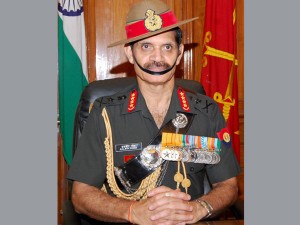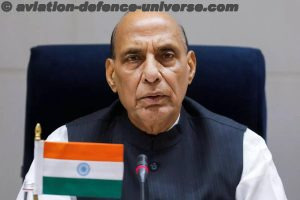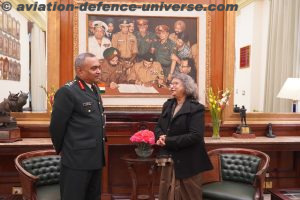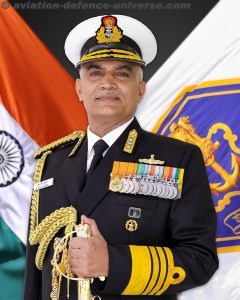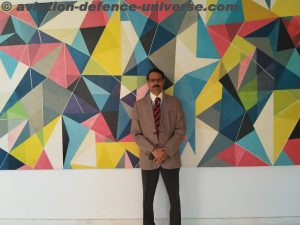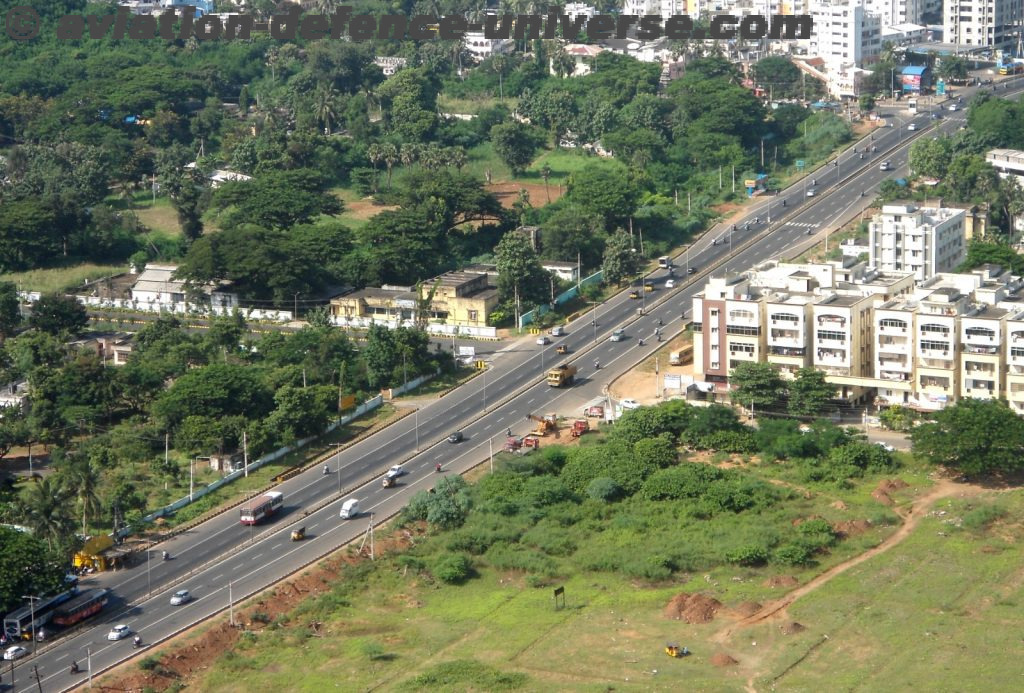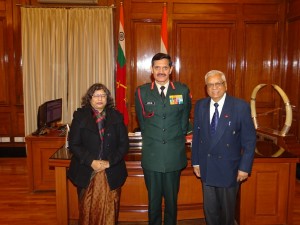
“We maintain that Army should be utilised as an instrument of last resort, after exhaustion of all resources of the state to meet internal challenges. This will be in line with Army being an ‘Instrument of Last Resort’ and will also allow us to focus on enhancing conventional preparedness to deter and defeat external threats,” said Indian Army Chief General Dalbir Singh, PVSM, UYSM, AVSM, VSM, ADC in an exclusive interview to Aviation & Defence Universe , on the occasion of Army Day, 2016.
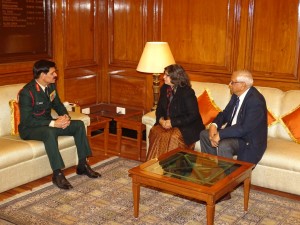
ADU. What are the major issues of preparedness that concern you as the Chief of the Indian Army and how do you plan to encounter them?
COAS. Let me assure you that the Indian Army is capable of meeting any threat and safeguarding national interests fully, within the resources available. There are some deficiencies in the holding of our equipment & ammunition due to some of the equipment becoming obsolete or ammunition outliving its shelf life. While these are being addressed in right earnest, there is a gestation period in either importing or utilising indigenous production to make up the shortfall. The Indian Army is adopting the twin approach of developing an indigenous manufacturing base for the long term and in the interim, resorting to import of critical items with transfer of technology. Long Term Roll On Plans and Road Maps have been put in place to address the shortages of equipment and ammunition. I am sanguine all the above efforts will bear fruits in the near future.
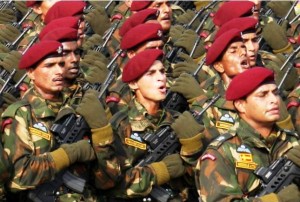
ADU. What is the current proportion of IS v/s conventional deployment? What according to you is the right mix of the two duties for the Army?
COAS. Indian Army is mandated to safeguard the national interests from external aggression and internal subversion. The evaluation of threat perception is a dynamic process and apportioning forces to cater to various security related tasks whether external or internal, conventional or non-conventional, is also dynamic. When we prioritise our efforts to meet spectrum of threats, our focus remains primarily on conventional war fighting capability to effectively deter ill-intentioned adversaries. We take pride in being a People’s Army and are hence, always prepared to be committed for ‘good of the nation’, whenever and wherever called upon to do so.
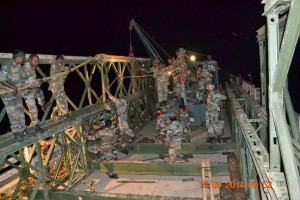
ADU. Is there a changed policy on managing the Line of Control post repeated ceasefire violations by Pakistan at the border?
COAS. There is no change in policy. While we remain committed to peace on borders and remain dedicated to build confidence through established means like hotlines, flag meetings as well as weekly talks between DGMOs, our troops have the orders to retaliate appropriately at any unprovoked firing.
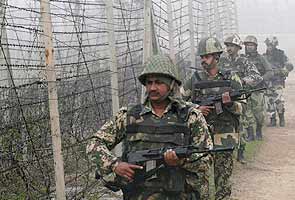
ADU. What are the priorities for infrastructure development in the northern borders and their present status?
COAS. Infrastructure development is one of the key imperatives of operational preparedness and force application along the borders. Accordingly, up-gradation and development of infrastructure along the Northern Borders is being carried out in a holistic and comprehensive manner. Infrastructure development projects include construction of permanent defences, habitat, operational logistics infrastructure & military aviation bases. These also include other related infrastructure in earmarked permanent locations of formations & units being raised. In addition, operational roads and strategic railway networks are also being constructed. Adequate impetus is being given to the BRO to undertake road construction in forward areas. Issues of land acquisitions and environment clearances are being resolved to provide impetus to construction of operational logistics and forward ammunition storage facilities.
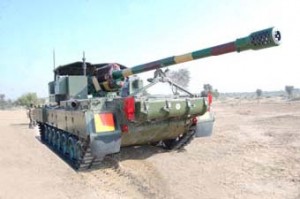
ADU. Catapult, the 130 mm guns cleared by the DAC will not be a substitute to Bofors or Ultra light Howitzers. Has the army conveyed this to the Ministry and reiterated the need for 155 mm/45 calibre guns ?
COAS. The procurement of 130 mm ‘Catapult’ Gun and 155mm / 45 Calibre Gun Systems are separate cases to meet different operational needs of the Army. The Ministry too is alive to the issue that Catapult, the 130 mm Gun is not a substitute to Bofors or Ultra Light Howitzers. Accordingly, the procurement of a family of wheeled and tracked versions of higher calibre Medium Guns is also under progress as per approved Artillery profile 2027.
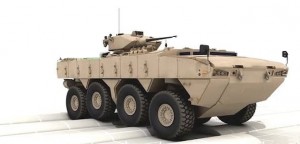
ADU. In what areas of modernisation has ‘Make in India’ call been useful?
COAS. Let me tell you that the ‘Make in India’ initiative forms the bedrock of Army’s modernization drive. ‘Make in India’ initiative has been beneficial in most of the areas of modernisation of Indian Army with wide range of equipment being proposed to be manufactured in the country. A large number of foreign Original Equipment Manufacturers (OEMs) of defence equipment ranging from specialist guns, night sights, helicopters and even to missiles have offered to form joint ventures with Indian companies to manufacture defence equipment in the country. Formation of the joint ventures will help bring in cutting edge technology through transfer of technology to the country. The same would also help R&D agencies in getting these technologies and further improve on them to design and produce ‘State of the Art’ weapon platforms, thereby pushing the modernisation in the Indian Army.
At the Army HQ we have put into place an institutionalized mechanism for regular and intense engagement with indigenous industry to share with them our current and future needs of military technologies, platforms & systems. The response from the indigenous industry has been very encouraging who have taken up the offer as a challenge as well as an opportunity. The Govt has recently approved procurement of large number of Army weapons, equipment and platforms from indigenous sources, including through collaboration with foreign OEMs, as part of ‘Make in India’ initiative.
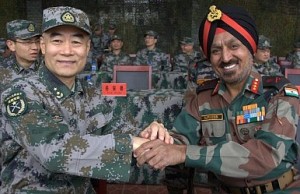
ADU. What are your expansion plans when it comes to joint exercises with the armies of the world?
COAS. I view these joint exercises as an important facet of military diplomacy. Joint exercises with Friendly Foreign Countries remain the cornerstone of our defence engagements. They are aimed at enhancing interoperability between the armed forces of the concerned countries. The exercises aim at learning from each others’ drills, procedures & rich combat experiences to enhance operational proficiency. These also help in sharing the modernisation and transformation experiences of one another as well as mutually analyzing war fighting doctrines and operational concepts. The theme of these exercises is Counter Insurgency / Counter Terrorism and Humanitarian Assistance / Disaster Relief.
In 2015-16 joint exercises have been planned with a total of 19 countries, out of which 12 exercises have been conducted so far.These professional interactions also enhance people to people contacts and result in building, maintaining and sustaining mutual trust and confidence thus enhancing our capability of operating jointly / alongside in a bilateral environment under the UN umbrella.
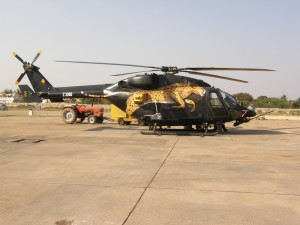
ADU. How near is army to looking beyond the Cheetah, Chetak and Dhruv and getting its own aircraft for the aviation wing?
COAS. The Indian Army’s Aviation Corps came into being on 01 Nov 1986. The Aviation Corps today is equipped with Chetak, Cheetah, Cheetal (Re- engined Cheetah), Advance Light Helicopter (Utility) & ALH (Weapon System Integrated). The Cheetah, Chetak fleet is the mainstay of Army Avn. These helicopters are of 1960s and 70s vintage and are being replaced with modern Recce & Svl Heptrs (RSH). Towards this, RFI for procurement of RSH as Buy & Make (India) has been floated in line with the provisions of DPP. Additionally, as part of ‘Make in India’, AoN has also been accorded for procurement of 200 Kamov 226 T Helicopters for replacing Cheetah / Chetak fleet of IA & IAF. These are being procured through an IGA with Russia. Induction of these should commence soon.
The Advanced Light Helicopter (ALH) is the ‘State-of-Art’ helicopter built indigenously by HAL. The Army Aviation is increasingly equipping its units with these helicopters. These too have been upgraded from the time of its initial induction in 2001 to the present Mark III version and Mark IV (WSI), the weaponised version. These helicopters will make a marked difference in the employment of Aviation assets in the modern battle field.
